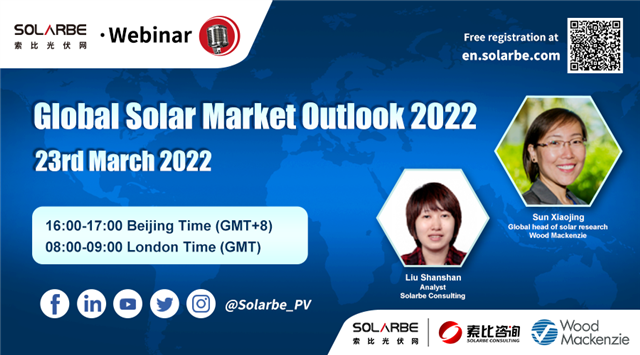At the end of February, UN Secretary-General Antonio Guterres said in his video message that “Instead of slowing down the decarbonization of the global economy, now is the time to accelerate the energy transition to a renewable energy future”.
He said it to the press conference launch of a new report from the Intergovernmental Panel on Climate Change (IPCC).
According to IPCC, if warming isn’t controlled, some of the planet’s most crowded areas will become uninhabitable.
Earlier this month, Germany planned to speed up the country’s clean energy transition and become 100% powered by renewables by 2035, five years quicker than the previous target.
The transition will be mainly shouldered by wind and solar projects. To achieve this target, the installed capacity of solar needs to double and reach 200 GW.
In South America, the new private investments in the solar sector is expected to exceed 50.8 billion Brazilian Real this year, according to a new report.
According to the analysis, more than 11.9 GW of installed power will be added this year. The majority of them will be from distributed projects.
India, however, has set an ambitious target of 500 GW of renewable capacity by 2030, which is about five times the current installed capacity. To achieve this target, solar installations need to reach 280 GW by 2030, which would require the country to install 29 GW each year for the next 8 years.
Despite ambitious targets, supply chain challenges, trade actions and rising raw material prices may still impede solar installation process.
What could be the the supply chain constraints in 2022?
Which markets will have the greatest potential for solar power development?
What is the trend of solar technology in 2022?
On March 23rd, Solarbe will invite Ms. Sun Xiaojing, Head of Solar with Wood Mackenzie, and Ms. Liu Shanshan, analyst with Solarbe Consulting to share their findings about global solar market trends, possible opportunities, underlying challenges that the solar industry will be faced with in this turbulent year.



